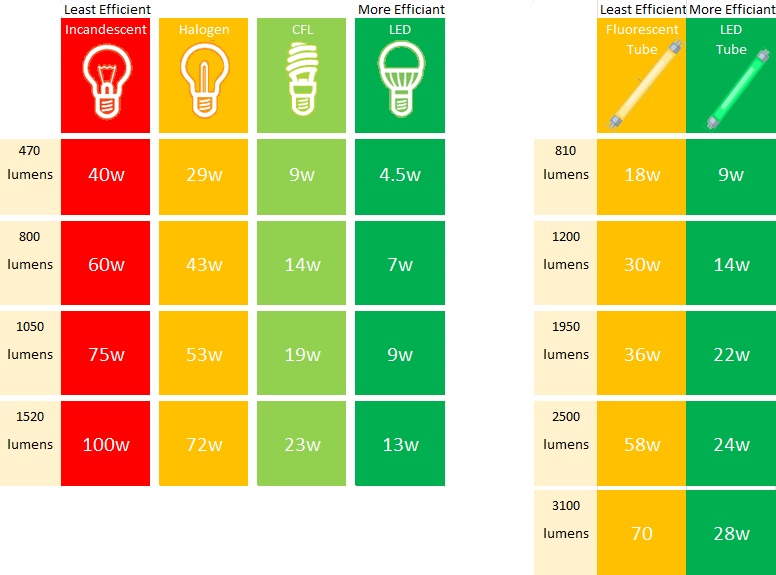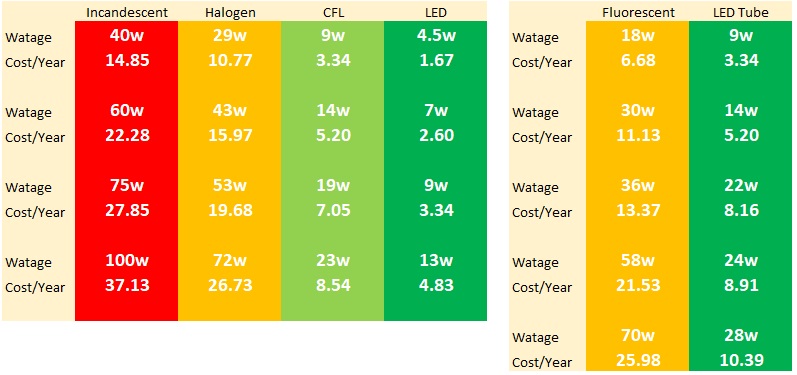10 Facts About LED Lights
The incandescent light bulb was invented in 1879 and the halogen light bulb in 1955. The LED was invented in 1963. In the last few years the LED light bulb has become widely available and at a reasonable price.
10 facts about LED lights.
- LED stands for light-emitting diodes.
- LED lights consume less electricity. It can save up to 80% of your light electricity bill and thus, are energy-efficient.
- LED lights are durable and can last up to 15 years with the constant amount of light.
- LEDs maintain a cold temperature. Unlike incandescent, halogen and fluorescent lamps.
- LED lights emit no ultraviolet radiation.
- LED bulbs do not produce blue waves and increases productivity.
- LEDs convert nearly 100 percent of the energy they consume as light whereas incandescent lamp converts about 9-10 percent of the energy fed to it into light. Halogen bulbs are about 20% more efficient than incandescent versions.
- LEDs contain no mercury— and at least 95 percent of an LED is recyclable.
- LED lamps on average are not subject to serious damage from external shock.
- When LED light is used in fresh food displays, it has been proven to breed significantly less bacteria than its halogen or fluorescent counterparts.

Yearly Running Costs Comparison

Figures are based on 1 bulb used for 6 hours per day for 52 weeks. Cost per 1KWH electricity £0.17 (Average UK cost per unit October to December 2022)
It may seem unbelievable but the average number of light bulbs in an average household in the UK is claimed to be 67. The potential saving from swapping your high energy lamps for LED could be in the hundreds of pounds (depending on usage and bulb rating)

 Where to find us?
Where to find us?
 Sign in
Sign in  Delivery Options
Delivery Options
 0 items
0 items 




